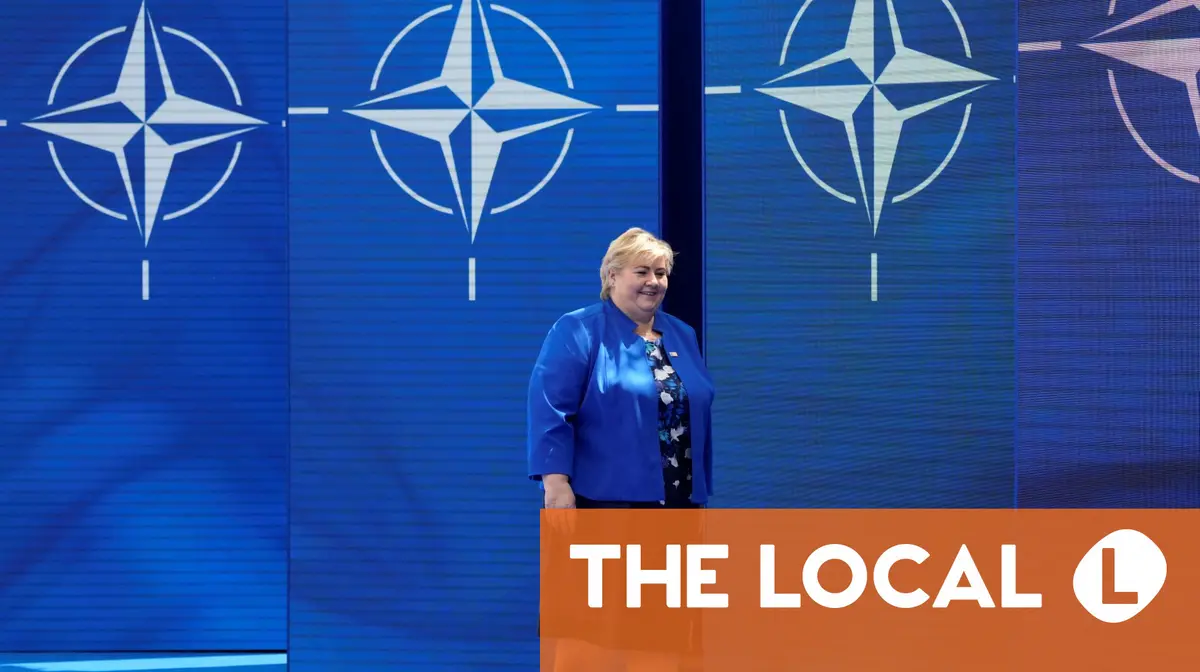With the left ‘bloc’ of parties headed by Prime Minister Jonas Gahr Støre’s Labour party on course to take a majority of seats in Norway’s election on Monday, what can we expect to happen next?
What do we know so far?
With 94 percent of the votes counted at 10:40pm on Monday, the red-green ‘bloc’ of parties including Støre’s Labour, the Centre Party, the Greens, the Socialist Left (SV) and the Red party, have won the election with a projected 88 seats compared to 81 seats to the opposing right-leaning parties.
The three smaller parties in the red-green group, the Greens, the Socialist Left and the Red party, are all currently projected to gain the 4 percent threshold share of the vote that’s needed to enter parliament, a crucial element in providing the left ‘bloc’ with an overall win.
Støre needs the support of all four other parties in this bloc to secure the overall majority of supporting seats he needs to stay in office.
Why is this important?
There are considerable differences in ideology between the four other parties in the red-green bloc, ranging from the far-left Red party through the socialist SV to the Greens, who want to phase Norwegian oil production by 2025 and the Centre Party, which has a rural, EU-skeptic outlook.
Støre has led a single-party minority government for the final months of his current term, but it started out with a coalition before the Centre Party left over a dispute on EU energy directives.
Another minority government appears certain and given the fact the Labour looks set to slightly increase its vote share, Støre may feel he does not need to form a coalition this time around.
Advertisement
Regardless of this, he will still need to put together a platform for government that each of the other four parties can get behind and will therefore have to make some level of accommodation to their policies.
This could be a difficult game of balancing and compromise which could become drawn out before a new government – and government platform – can be finalised.
What happens then?
The prime minister and cabinet are formally appointed by King Harald, but they must first gain the confidence of a majority in the Storting (parliament) – hence the importance of Støre being able to give concessions to the rest of the left wing bloc.
After an election, the monarch consults party leaders and asks the politician most likely to secure majority backing – presumably Støre, in this case – to form a government.
Because Norway often has coalition or minority governments, negotiations and agreements between parties are common to ensure stability.
Advertisement
What about the right wing parties?
Monday’s election could mark the end of an era for the Conservative party with Erna Solberg, who was Prime Minister from 2013-2021, tipped to resign after losing a second consecutive election as leader.
Broadcaster TV2 wrote earlier on Monday that “if the conservatives win, [Solberg] will become one of the greatest Conservative leaders in history.”
“If they lose, the Erna era in Norwegian politics is probably over and the debate about her successor will be in full swing.”
The Conservatives are projected to end with around 6 percent less in vote share than the party got in 2021, but the Liberal party has arguably suffered the most of the right-leaning parties, dropping a projected 1 percent of the vote to end on 3.6 percent, under the crucial 4 percent threshold or sperregrense needed to enter parliament.
“We’ve run a campaign focused on the issues we believe in,” leader Guri Melby said as she braved the Liberals’ election night event on Monday.
The centrist party has reportedly suffered from potential voters fearing that their vote could result in far-right Progress Party leader Sylvi Listhaug becoming Prime Minister, something the Liberals said was “untrue” given their express support for Solberg as PM.
And the Progress Party?
The Progress Party has surged by 12.5 percent to become the second-largest party after Labour on 24.2 percent, according to newspaper VG’s projection.
Young men are the demographic primarily responsible for the populist party’s increased vote share, Norwegian media reported.
Listhaug said before the election that she believed the Prime Minister should come from the party with the most seats on the winning side, and the election result gives her a mandate to lead her party onwards as Norway’s main opposition.
